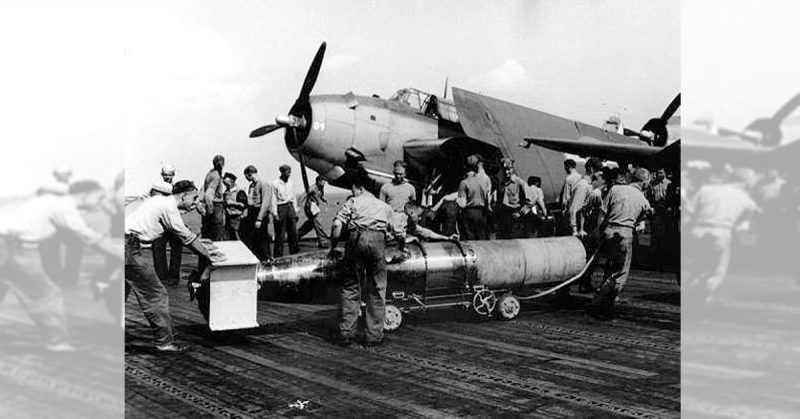A construction crew uncovered a World War II-era torpedo while building a home south of Vero Beach, Florida. The US Navy dispatched a specialized munitions disposal team from the US Naval Station, Mayport, to dispose of the device.
The torpedo contains 150 pounds of gunpowder in the nose. The naval team intends to move the torpedo offshore and detonate it in the ocean.
A trench was dug through a sand dune in preparation for the move. This will allow the bomb to be moved from the construction site to the beach. At that point, the torpedo will be towed a mile from the shore and detonated. Inspectors will be on hand to verify that there are no whales in the area before the explosion occurs.
X-rays of the torpedo confirmed the presence of gunpowder in the nose. The torpedo was designed to be fired from an airplane to destroy defenses on the coast.
This torpedo seems to be left over from military training for amphibious landings in WWII. The Naval Amphibious Base used to be set on 19,000 acres between Vero Beach and Jensen Beach.
While digging six feet into the earth for the home’s foundation, the construction crew unearthed the weapon. The house is being built on Ocean Ridge Court in the Ocean Ridge subdivision west of State Road A1A.
Tom Fair is a retired Navy lieutenant that lives around 50 yards from the torpedo. This is the second time he’s been evacuated for a torpedo. The first time, he was provided breakfast and lunch at a hotel.
Fair isn’t concerned about this torpedo because there is a large mound of dirt between the device and his house.
Bob Cigala lives within view of the torpedo. He’s a bit more concerned. He says that they have found other military ordinance in the area. He once found a two-foot-long piece of metal sticking up in the water that could have killed a swimmer. He broke the piece off and brought it to the shore, TCPalm reported.
In August 2015, the Army Corps of Engineers removed eleven explosives. Several were 500-pound bombs, four were rocket warheads, and two were rockets. They were found 100 feet off the shore in 15 feet of water.
Those bombs were towed a mile offshore and detonated under water after checking the area for marine life.
